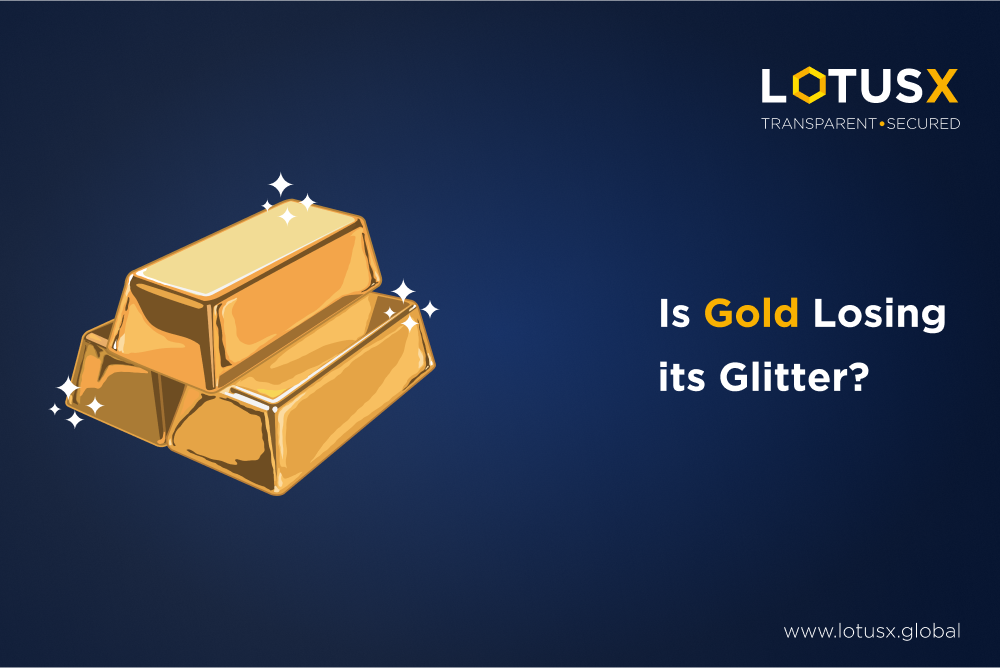It’s been a month since the historic launch of spot Bitcoin ETFs in the US, and the crypto market has been abuzz with anticipation. So, what major shifts have we witnessed, and what does the future hold?
Initial Excitement, Measured Impact
The launch was met with fervent enthusiasm. Bitcoin briefly touched $52,000, its highest point since May 2023. However, the initial euphoria subsided, and Bitcoin currently sits around $44,000. While positive, the impact on price hasn’t been as dramatic as some predicted.
Institutional Investors Step In
The real story might lie beyond price charts. The ETFs have attracted significant institutional money, with over $10 billion flowing in within the first month. This legitimizes Bitcoin in the eyes of traditional investors, potentially paving the way for further inflows.
Gold Loses Some Glitter: Investors Shift Focus As Gold Funds See Outflows, Bitcoin ETFs Surge
Interestingly, the rise of Bitcoin ETFs coincides with outflows from gold funds. Some investors seem to be shifting their safe-haven preferences, perceiving Bitcoin as a more dynamic option. However, it’s too early to call it a gold dethroning.
Traditionally, gold has been considered a safe-haven asset, a store of value in times of economic uncertainty. But lately, there’s a new sheriff in town – Bitcoin. And investors seem to be taking notice, with gold funds witnessing significant outflows while Bitcoin ETFs experience a rush of money.
The trend started in January 2024, coinciding with the launch of several US-based spot Bitcoin ETFs. These ETFs offer easier access to Bitcoin for institutional investors, previously hesitant due to regulatory hurdles and security concerns. The result? A mass influx of capital, with the two largest Bitcoin ETFs accumulating nearly $10 billion in assets under management (AUM) within a month.
Meanwhile, gold ETFs haven’t been having such a golden time. Since the Bitcoin ETF launch, major players like SPDR Gold Shares (GLD) and iShares Gold Trust (IAU) have seen net outflows exceeding $3 billion. This suggests that some investors are pulling their money out of gold and switching to Bitcoin.

But is this a full-fledged dethroning? Not quite. Here’s why:
- Volatility: Bitcoin’s price swings are famously dramatic, while gold’s movements are relatively stable. This makes gold more suitable for risk-averse investors seeking long-term value preservation.
- Regulation: Bitcoin remains largely unregulated, raising concerns about security and potential manipulation. Gold, on the other hand, benefits from established regulations and infrastructure.
- Diversification: Both assets have unique characteristics, and a well-diversified portfolio might include both for balanced exposure.
However, the trend highlights a shift in investor sentiment. Bitcoin is increasingly seen as a viable alternative to gold, particularly for those seeking the potential for high returns and exposure to the burgeoning digital asset space.
Beyond Bitcoin
While Bitcoin ETFs grab the headlines, let’s not forget the broader market. Altcoins have seen mixed reactions, with some rallying alongside Bitcoin and others experiencing independent movements. The focus is shifting from just Bitcoin to the overall potential of the blockchain ecosystem.
The Future Unfurls
Predicting the future is a risky business, but here are some possibilities:
- Gradual Growth: The ETF launch might be a catalyst for steady, sustained growth in the crypto market, attracting more institutional and retail investors.
- Regulatory Hurdles: Regulatory uncertainty remains a concern, and stricter regulations could dampen enthusiasm.
- Innovation Blossoms: The focus might shift towards DeFi, NFTs, and other innovative blockchain applications, diversifying the market beyond just price speculation.
One month in, it’s clear that Bitcoin ETFs are a game-changer. While the immediate impact might be measured, their long-term influence on the market and investor sentiment could be profound. We’re witnessing a paradigm shift, and the next chapter of the crypto story is just beginning.




